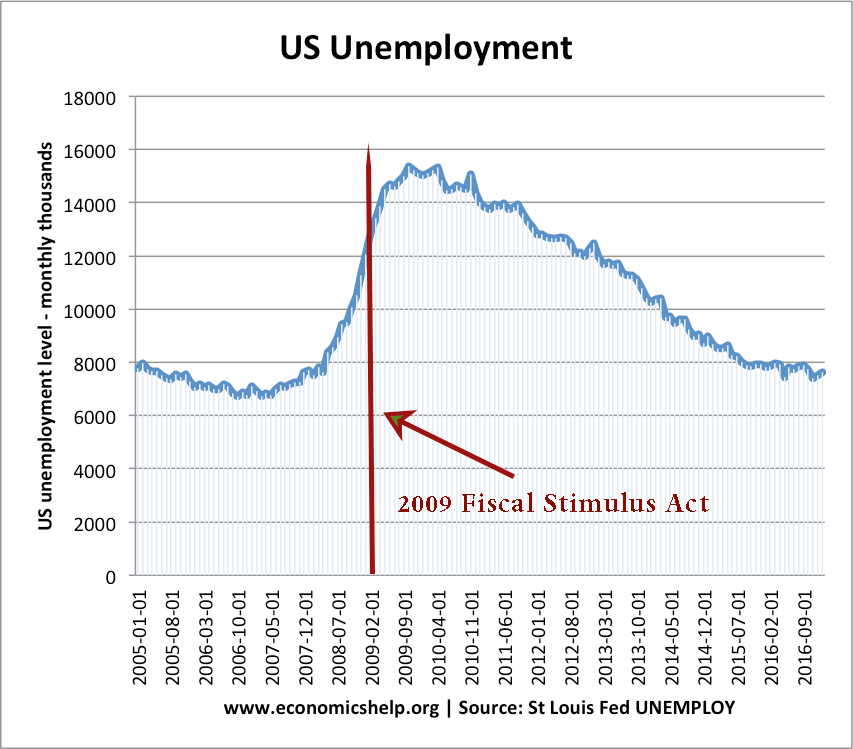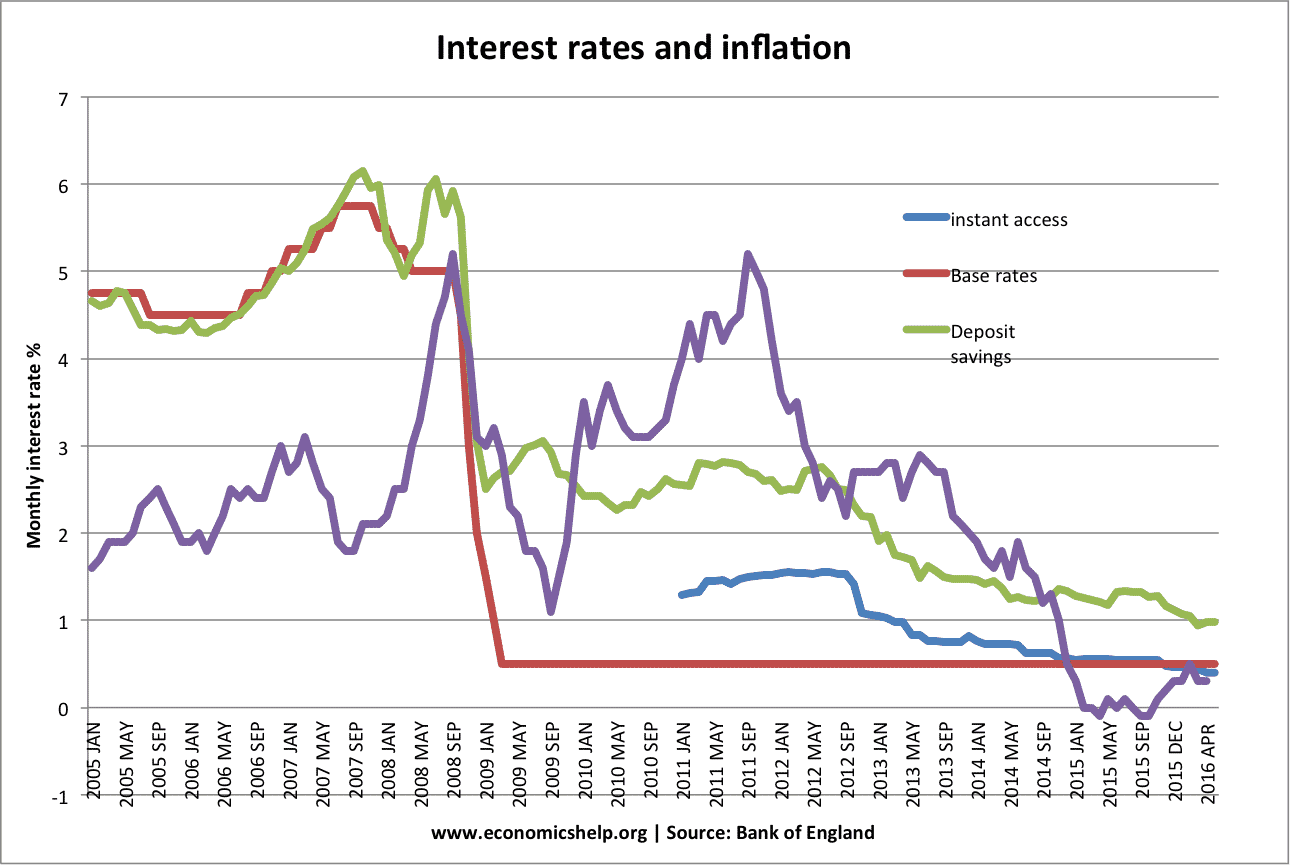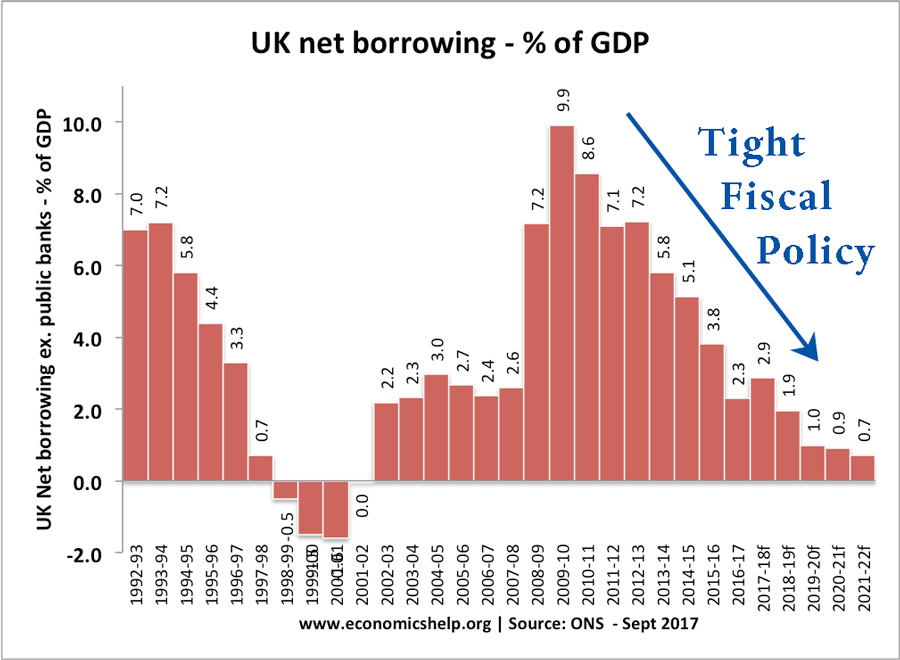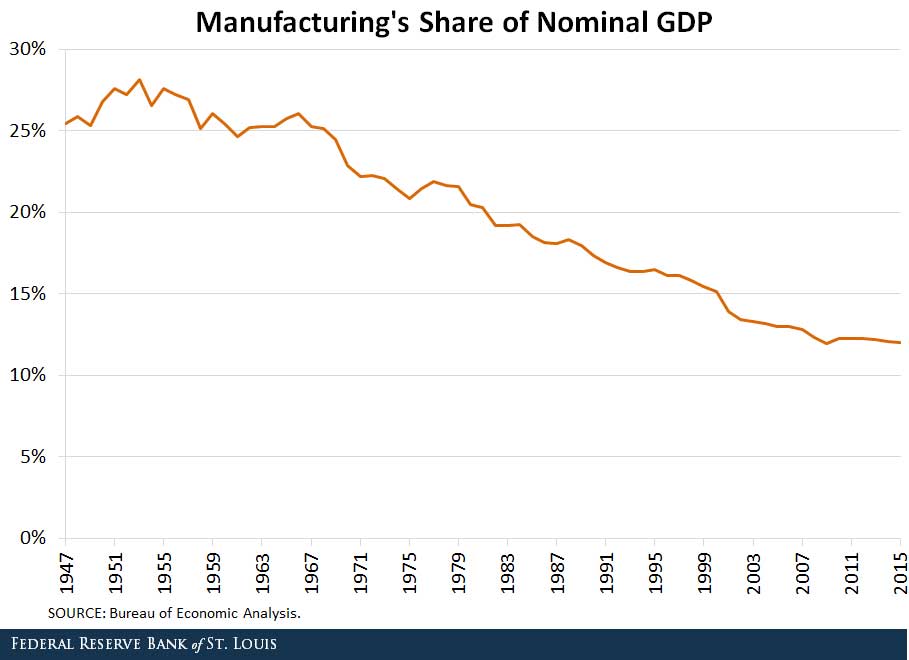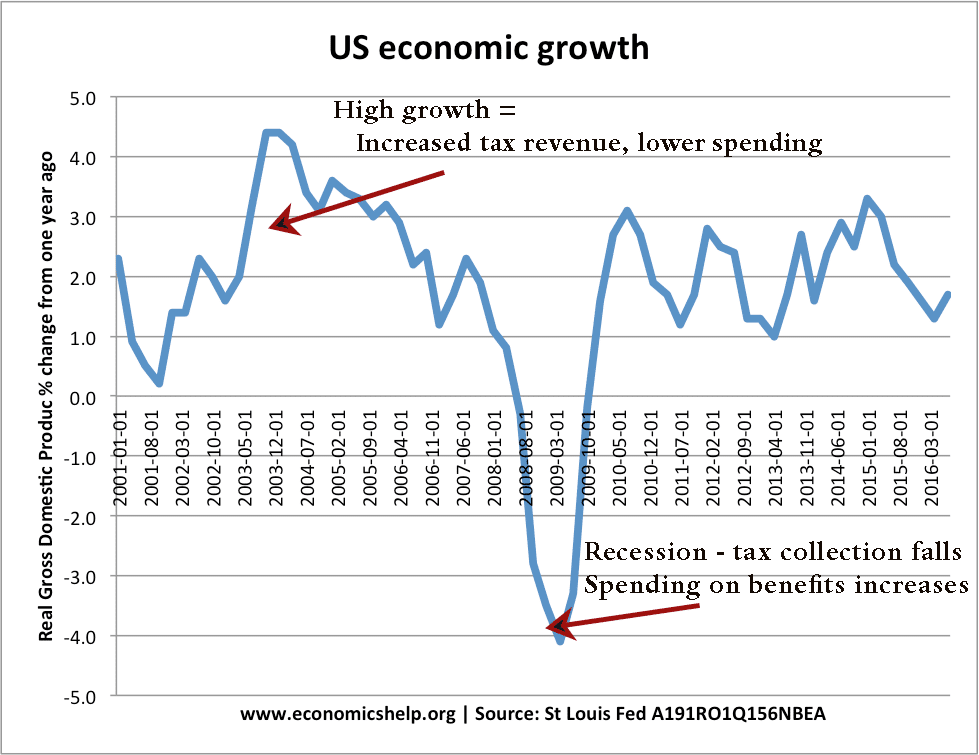Do trade deficits cause unemployment?
A trade deficit occurs when the value of imports of goods and services is greater than the value of exports. For example, in 2016 the US exports totalled US$ 1,450,457 million. Imports totalled US$ 2,248,209 million. (WITS) Source: Trade balance at St Louis Fed. Since 1990, the US has run a persistent trade deficit. The …


